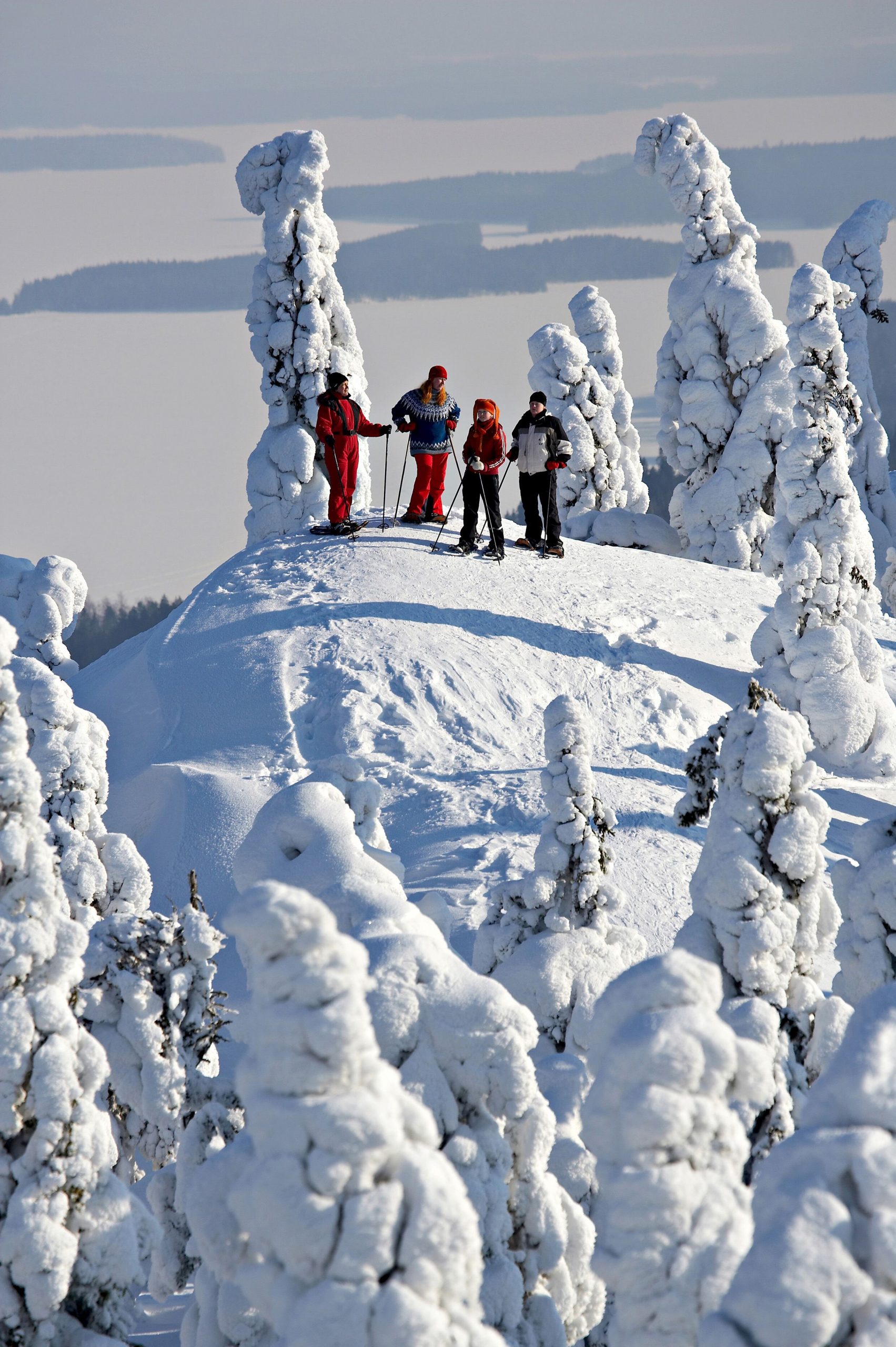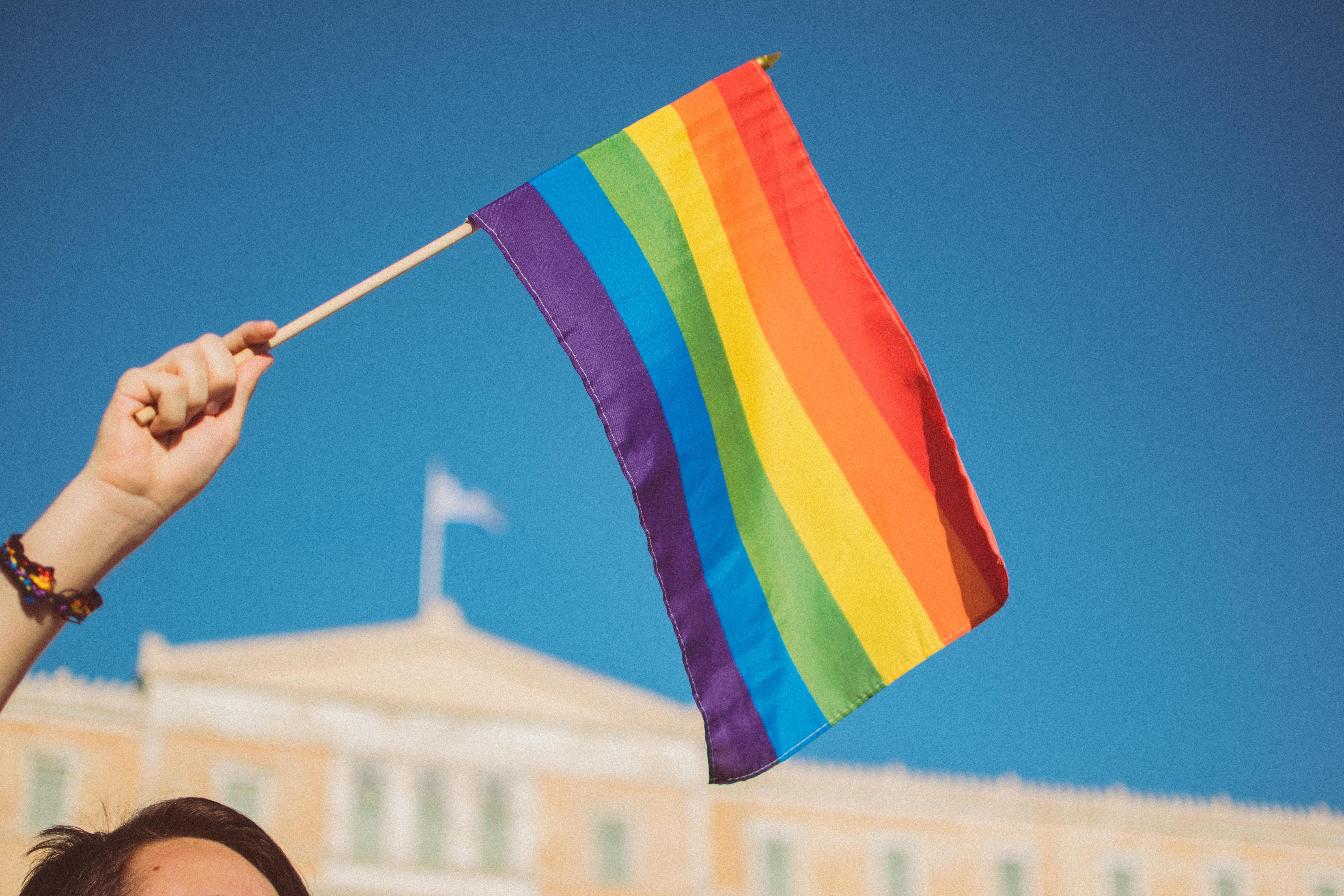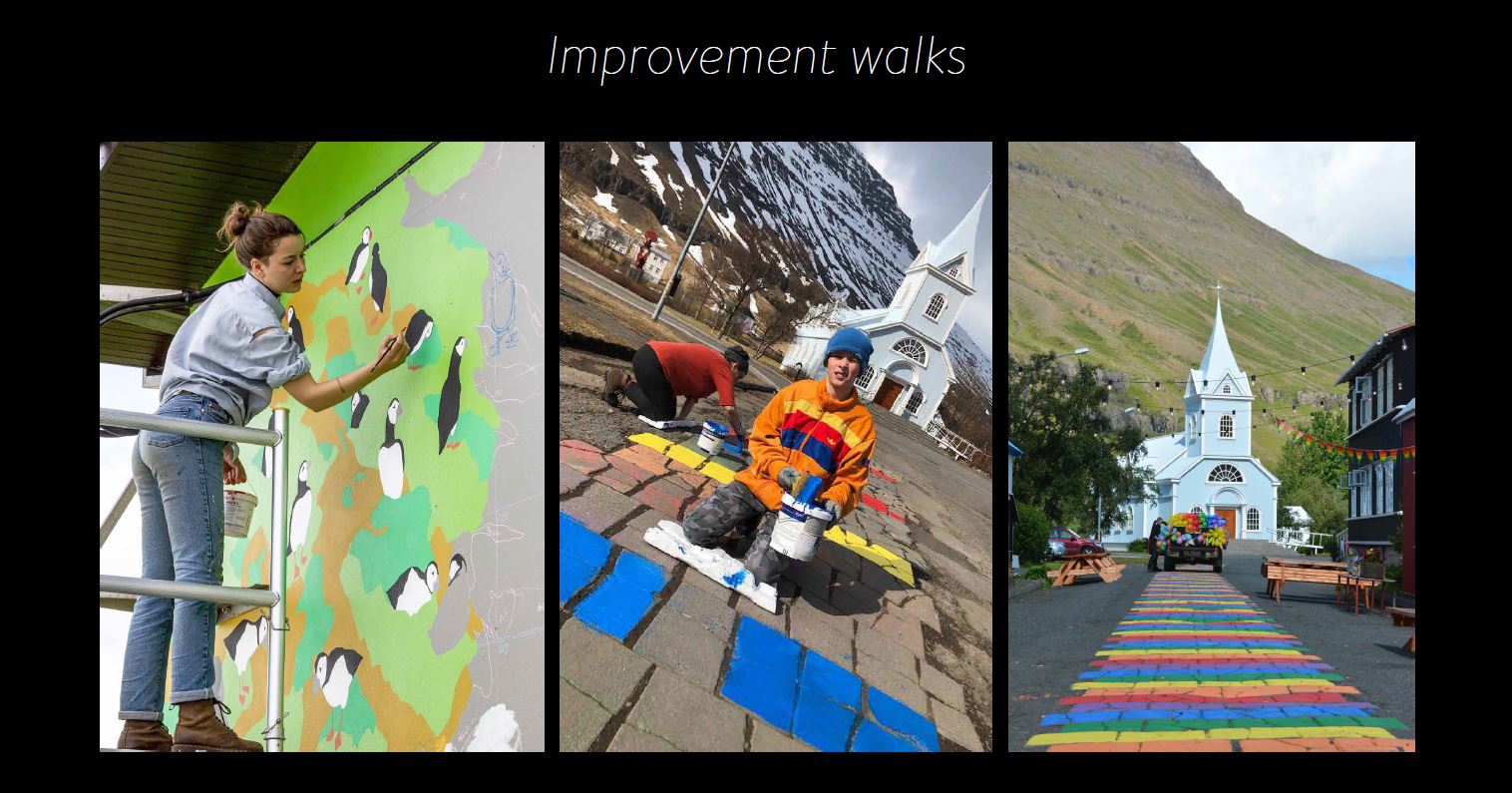
How to benefit influencer marketing in destination branding
How can DMO’s benefit influencer marketing in destination branding? How have the DMO’s used influencers in their branding strategy so far? In recent years, the rapidly growing use of influencer marketing has caught the attention of researchers and marketers alike. Influencer marketing has also opportunities for the tourism industry, of which destination branding is explored […]

5 key learnings for a destination marketer
In the spring semester 2020 I attended a very interesting course called Destination Marketing, which is a part of the Tourism Marketing and Management master’s programme. The course gives an overview on different aspects of destination marketing in the rapidly changing world and offers interesting content for anyone interested in destination marketing. Here are my 5 key learnings from the course: Destination vs a company Traditional […]

VisitKarelia Destination Destination Marketing Workshop with University of Eastern Finland
University of Eastern Finland (UEF) and Visit Karelia are partnering to develop destination marketing innovations for North Karelia region. This partnership is part of the Destination Marketing course at the International Master’s Degree Programme in Tourism Marketing and Management (TMM), at UEF Business School in Joensuu. VisitKarelia is the local destination marketing organization (DMO), focusing […]

How has technology influenced the rise of LGBT tourism?
What is LGBT tourism all about? LGBT tourism is the process of tourism product and service development and marketing that caters the needs of lesbian, gay, bisexual or transgender people. This specific segment of tourism provides opportunities to select destinations, accommodations, transport, events and so on, which are LGBTQ+ friendly. These create options […]

Digital Tourism Think Tank 2019 – Day 1
#DTTT 2019 What did I learn? I had a great possibility to participate in Digital Tourism Think Tank Global 2019 on 4rd and 5th of December, which this year took place in Espoo. DTTT Global is, in my opinion, one of the most interesting conferences as it gathers a bunch of tourism DMO’s and […]
DTTT Global 2019, Day 2
The second day (Read about the first day here) of DTTT was all about technology and digitalization. What we can learn from data and how we can benefit data in place branding, leading and marketing. Lead with data. Do marketing with it, learn from it, optimize – optimize – optimize – then do it again. […]
Content marketing and how to harness it for your business
Content marketing is a necessity in today’s digital marketing field. It is also an effective tool, especially for small entrepreneurs, to reach new customers, build trust and increase site traffic. The key to success is planning content marketing that can answer three questions: What are your customers’ need and desires? Can you provide your customers with […]
The Most Common Problem in Destination Marketing in the World
World’s Most Common Problem in Destination Marketing What is the difference between successful and non-successful destinations from the destination marketing perspective? In this post, I want to understand the details behind successful destination marketing. What is the one key thing to gain competitive advantage in destination marketing? When we start to think about the exact […]